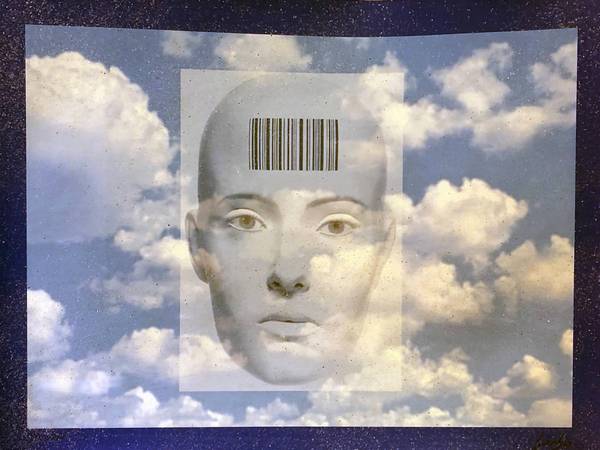
What is lithography?
Lithography is a printing process based on the fact that fatty matters and water do not mix. The image is applied to a surface such as stone or aluminum, using an oily mixture such as crayons, India ink, pencils or synthetic materials. Other processes such as photochemical or transfer can also be used.
To produce a lithographic print, a solution of gum arabic and nitric acid is applied to the surface, thus producing non-printing areas receptive to water and image areas receptive to the oil mixture. The printing surface is kept moist, so that the oil-based ink-covered roller can be rolled over the surface and the ink mixes only in the area with the greasy materials. The paper is then placed against the surface and the board is passed through a press.
How did lithography come about?
Lithography was invented in the late 18th century, making it possible to print a wider range of marks and tone areas than was possible with earlier methods of embossing printing. This makes the color printing process easier, as areas of different colors can be applied to separate and overlapping surfaces on the same sheet. Alois Senefelder was the inventor of this process, discovered in 1798, however he only shared lithographic printing with the public in 1818, when he published Vollständiges Lehrbuch der Steindruckerey (A Complete Course in Lithography).

What is offset lithography?
Offset lithography involves printing the image on an intermediate surface before the final sheet. In this process, the plate does not come into direct contact with the paper, which ends up preserving the quality of the plate. With offset lithography, the image is inverted twice and appears on the final sheet in the same rounded shape as on the stone or slab.
Lithography as an artistic medium
In the mid-1800s, lithography became a popular medium among artists such as Francisco de Goya, Théodore Géricault, and Eugène Delacroix. Honoré Daumier produced around 4,000 works using this technique and was one of the first lithographers to use the process called transfer lithography, through which the drawing with Indian ink it is done on paper and not on lithographic stone. The drawing is subsequently transferred to the stone and printed in the usual way. This method offers the artist the advantage of being able to work on paper instead of stone, making the process easier and also gives the chance of retaining the texture of the paper in the final print. In the second half of the 19th century, artists such as Edgar Degas and edouard Manet worked on lithography, and Odilon Redon made it his main means of expression.

5 Artists to Know!
This unique reproduction medium has been quite popular with artists over time. In contemporary times, artists began to create graphic works as an alternative means of artistic production that reached the general public in a more accessible way. Some of the national and international artists who surprised the art world with the lithography technique were:










